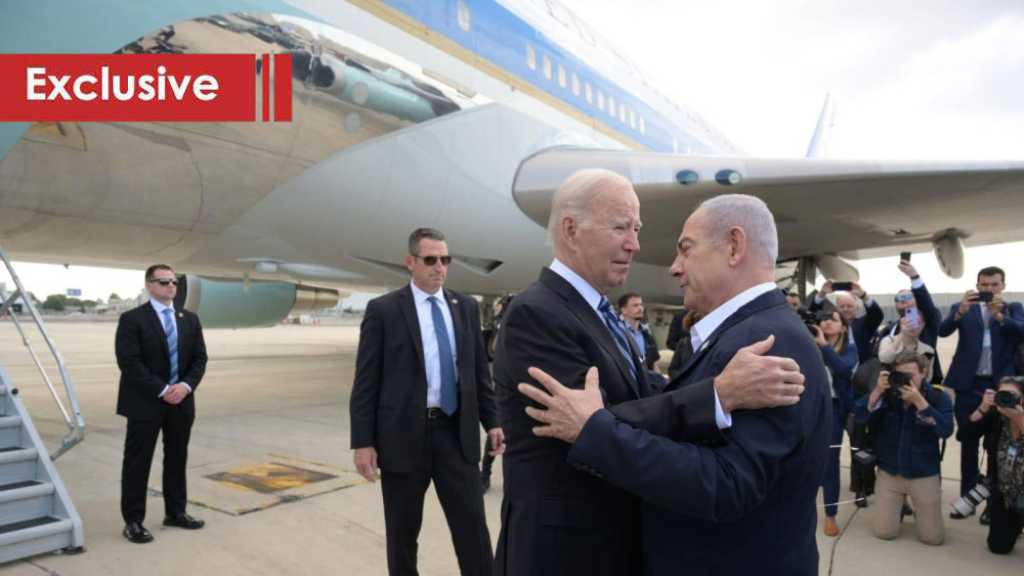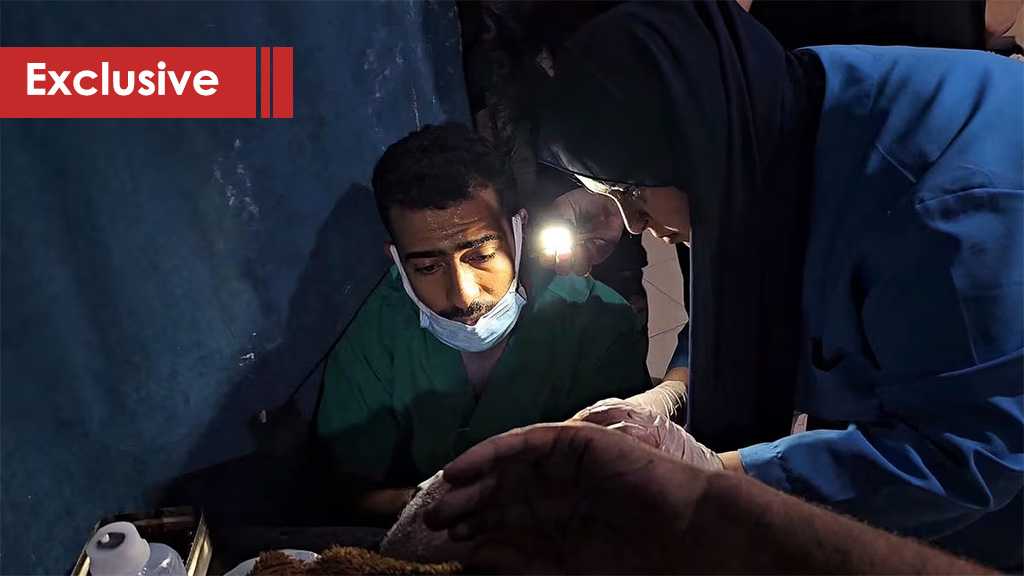
US Influence Campaigns Are No Surprise, They Have Been Going on Covertly for Some Time Now

By Fatima Haydar
Beirut – It is not a surprise that the United States would wage a covert digital campaign in an attempt to influence people around the world, namely Asia and the Middle East. These campaigns advance narratives that promot the interests of the US and its allies.
A recent joint report conducted by the social media analytics firm Graphika and Stanford Internet Observatory [SIO] noted that in July and August of this year, Twitter and Facebook took down dozens of accounts for breaking their policies.
According to the report titled “Evaluating Five Years of Pro-Western Covert Influence Operations”, these accounts had violated policies related to “platform manipulation and spam” and for engaging in “coordinated inauthentic behavior”.
The accounts are being taken down at a time when social media giants have been trying to crack down on disinformation campaigns.
The main focus of these accounts, according to the report, was Iran, Afghanistan and the Middle East, specifically Iraq, Syria, Lebanon, and Yemen.
The report indicated that the covert influence campaign shared content from US state-funded media outlets such as the Voice of America and Radio Free Europe, in addition to links to websites sponsored by the US military.
Like many influence operations, the campaign created fake personas with AI-generated profile photos, posed as front media outlets and attempted to start hashtag campaigns, the report said.
While neither Twitter or Meta, which owns Facebook and Instagram, has attributed the information to any entity or organization, according to the report, they would only say that the assumed countries were the US and UK.
This is not the first time the US government has been accused of running propaganda campaigns with extensive research and reporting on how the US military is looking to shape the cyber sphere.
The Twitter dataset provided to Graphika and SIO covered 299,566 tweets by 146 accounts between March 2012 and February 2022. Based on the report, these accounts divide into two behaviorally distinct activity sets.
The first was linked to an overt US government messaging campaign called the Trans-Regional Web Initiative. The second comprises a series of covert campaigns of unclear origin.
These covert campaigns were also represented in the Meta dataset of 39 Facebook profiles, 16 pages, two groups, and 26 Instagram accounts active from 2017 to July 2022.
However, Graphika and Stanford Internet Observatory noted that the covert campaigns didn’t always garner much engagement or traction online.
The vast majority of posts and tweets reviewed received no more than a handful of likes or retweets, and only 19% of the covert assets we identified had more than 1,000 followers, according to the joint report. The average tweet received 0.49 likes and 0.02 retweets.
The investigation identified clear signs of coordination and inauthentic behavior. The accounts chiefly promoted narratives seeking to undermine Iran’s influence in the region but also took aim at Russia and Yemen’s Ansarullah revolutionaries.
These accounts attempted to sow discord between Iraq and Iran. For example, accounts on Twitter posed as Iraqi activists in order to accuse Iran of threatening Iraq’s water security and flooding the country with crystal meth. While other accounts highlighted landmines allegedly planted by the Ansarullah killing civilians and promoted allegations that Russia’s military operation in Ukraine would lead to a global food crisis.
In addition to spreading the narrative that Ansarullah leaders had blocked humanitarian aid deliveries, and are acting as proxies for Iran and to the Lebanese resistance group, Hezbollah, and closing bookstores, radio stations, and other cultural institutions in the Yemeni capital, Sanaa.
The influence operation that targeted Iran exhibited a wider range of activity and narratives, including content promoting hardliner narratives that advocated for anti-reformist and hawkish policies in the Islamic Republic.
These anti-government accounts criticized Iran’s domestic and international policies and highlighted how the government’s costly international interventions undermined its ability to care for its citizens. Posts claimed the government took food from Iranians to give Hezbollah, according to the report.
Relatedly, human and civil rights were another common theme from the group, the report noted.
These accounts also focused on women’s rights, highlighting domestic protests against hijab dress requirements, in addition to comparing Iranian women’s opportunities abroad with those in Iran.
Moreover, the pro-western influence campaign linked government corruption in Iran to domestic hardships and criticized the Islamic Revolutionary Guard [IRG] in a bid “to inform about the destructive role of the Islamic Revolutionary Guard Corps in all the affairs and issues of Iran and the region,” said the report.
And the list of narratives and scenarios of the US pro-western influence operation goes on.



